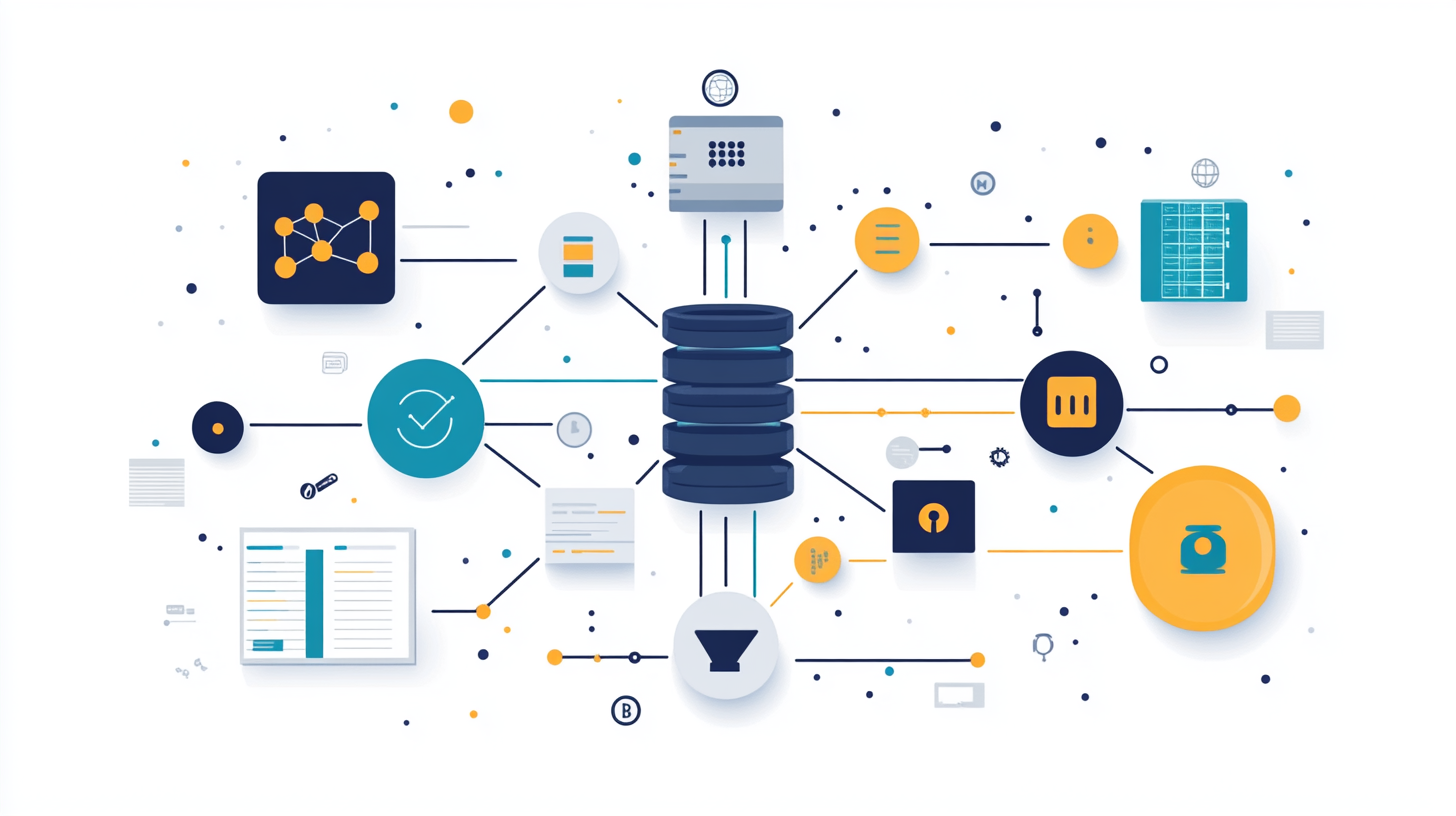When Code Ages: The Hidden Force of Software Entropy
Software entropy is the silent decay turning clean code into messy legacy. Small compromises, outdated frameworks, and lost knowledge drive up costs, increase security risks, and slow innovation. Fight back with regular refactoring, solid documentation, and a culture of quality.
Picture this: you’ve just landed a role as a developer at a top tech company, eager to dive into your first big project. But as you dig into the codebase, you realize half the code was written years ago with outdated frameworks, while the other half is shiny and new. Even the smallest changes trigger big, unexpected problems.
What’s going on?
Welcome to software entropy — the gradual, almost invisible decay of a codebase as time passes and practices evolve (or are overlooked). Understanding this phenomenon is crucial because unchecked software entropy can lead to massive consequences. Entire organizations have faced astronomical costs fixing issues that started as minor glitches. For example, a major governmental report revealed that billions of dollars are spent annually just to keep aging systems operational.
The Essence of Software Entropy
What Is Software Entropy?
In physics, entropy describes how systems naturally drift toward disorder unless energy is applied to maintain order. In software, it’s no different. Without consistent efforts to refactor, document, and modernize your code, it gradually becomes more tangled, brittle, and resistant to change. Every new feature or quick fix adds another layer of complexity, turning your codebase into a potential minefield.
Why Should We Care?
Even large institutions—equipped with vast resources—struggle to manage legacy systems, so the stakes are even higher for smaller organizations. When code becomes too outdated, maintenance costs can skyrocket, development grinds to a halt, and security vulnerabilities proliferate. Studies confirm that untreated software entropy doesn’t just slow progress; it can cripple an organization’s ability to innovate, making technology a liability instead of an asset
Real-World Examples
From 2019 to 2023, even global giants have faced costly consequences from software entropy and legacy code challenges.
Boeing 737 MAX (2019)
Two tragic crashes of Boeing 737 MAX aircraft brought global scrutiny to its flight control software (MCAS). Investigations revealed a troubling interplay between complex new code and outdated design assumptions. This case highlighted that even cutting-edge aviation systems are not immune to the risks posed by legacy decisions layered over time.
Windows 7 End-of-Life (2020)
When Microsoft ended support for Windows 7 in January 2020, countless businesses were caught off guard, relying on custom applications tightly bound to the outdated OS. This sudden "legacy" crisis triggered a scramble for expensive, time-consuming upgrades, disrupting operations and exposing organizations to significant security risks.
COBOL’s Pandemic Comeback (2020–2021)
At the onset of the COVID-19 pandemic, U.S. unemployment agencies faced overwhelming demand while relying on applications built with COBOL — a programming language dating back to 1959. The urgent need for updates exposed a critical shortage of COBOL expertise, forcing agencies to scramble for scarce talent. This crisis underscored how unmaintained legacy code can leave organizations vulnerable at the worst possible time.
NASA’s Heritage Software (2021)
Despite being at the forefront of cutting-edge exploration, NASA still depends on decades-old "heritage" systems. These systems, prized for their stability and proven performance, pose a significant challenge when upgrades are needed. The effort to modernize highlights the constant tension between maintaining reliability and embracing innovation in mission-critical environments.
FAA’s NOTAM Outage (2023)
In January 2023, a critical outage in the FAA’s Notice to Air Missions (NOTAM) system grounded flights nationwide, disrupting travel for thousands. Investigators attributed the failure to aging infrastructure and undocumented legacy components. This incident highlighted the risks of relying on outdated systems in environments where precision and reliability are paramount.
Apple’s 32-bit App Cutoff (2019)
With the launch of macOS Catalina, Apple ended support for 32-bit applications, forcing developers to modernize their software or face the loss of functionality. This decision, while driving innovation, underscored how even a tech giant's move to phase out legacy systems can trigger significant ripples across the software ecosystem.
Netflix’s Move to gRPC (2019)
Renowned for its cutting-edge microservices architecture, Netflix encountered its own legacy challenge when transitioning from an older RPC system to the modern gRPC. This process revealed that even industry leaders aren’t immune to the hurdles of outdated technology. It’s a reminder that innovation often requires navigating the complexities of legacy systems, even at the forefront of tech.
How Legacy Codebases Form
- Too Many Quick Fixes
Under tight deadlines, teams often resort to bypassing best practices, opting for “temporary” patches that end up sticking around—and multiplying over time. - Aging Technology
As soon as your language or framework loses widespread support, your system edges closer to becoming “legacy,” making maintenance and innovation increasingly difficult. - Team Turnover
When key developers leave, they often take critical knowledge with them. Newcomers, unfamiliar with the system’s intricacies, may introduce additional complexity just to get things working. - Neglecting Refactoring
Refactoring code is like weeding a garden—it’s necessary to keep things healthy and manageable. Skip it, and the “weeds” of technical debt will quickly take over.
Consequences of Software Entropy
- Maintenance Costs Skyrocket
As code becomes increasingly fragile, fixing issues that were once simple can take days or even weeks, driving costs through the roof. - Security Risks Multiply
Outdated libraries and frameworks often contain unpatched vulnerabilities, creating ripe opportunities for hackers to exploit. - Innovation Comes to a Halt
When developers are bogged down fighting with legacy code, their capacity to build new features and drive progress diminishes. - Integration Nightmares
Legacy systems rarely integrate smoothly with modern APIs or platforms, forcing teams to rely on fragile, short-term “band-aid” solutions.
Stopping Entropy in Its Tracks
Refactor Early and Often
Refactoring isn’t optional—it’s essential. Regularly scheduled cleanups keep your codebase healthy and prevent decay. Think of it as routine maintenance for long-term stability.
Automate Testing & Integration
Automated testing, combined with Continuous Integration (CI), catches issues early and minimizes the complexity that comes with constant changes. This proactive approach keeps entropy at bay.
Document Relentlessly
Good documentation is your team’s secret weapon. It helps new developers understand the system’s architecture and design rationale, reducing confusion and avoiding redundant fixes.
Embrace Modularity or Microservices
Breaking monolithic systems into modular components or microservices allows teams to update or retire outdated parts without jeopardizing the entire platform.
Track Dependencies Religiously
Every technology—whether libraries, databases, or APIs—has a lifecycle. Monitoring support timelines ensures you’re never caught off guard by “legacy surprises.”
Foster a Quality-First Culture
Make fighting technical debt as valued as shipping new features. Reward developers for maintaining high standards, fostering a culture that prioritizes long-term health over short-term gains.
Conclusion
From Boeing’s complex flight controls to Apple’s 32-bit sunset, even the most innovative organizations grapple with software entropy. It’s an insidious force that creeps in as patches and quick fixes start to outnumber thoughtful, well-documented updates.
Key Takeaway: Legacy code isn’t born overnight — it’s the product of countless small decisions: skipped refactors, outdated tech, and the loss of institutional knowledge. The good news? By refactoring consistently, automating testing, and proactively planning for modernization, you can maintain a codebase that’s both modern and resilient.
Take a hard look at your systems. Are developers frustrated with fragile code? Are you relying on aging frameworks no one maintains? Don’t wait for a crisis—address these warning signs now, and avoid becoming the next cautionary tale in software entropy.














Discussion